Introduction
In the vast array of exotic fruits that dot the global marketplace, few stand out as uniquely as pitaya fruits, commonly known as dragon fruits. With their vibrant hues of magenta, yellow, or even white flesh, adorned with a striking, scaly exterior reminiscent of a dragon’s skin, pitaya fruits are not only visually captivating but also carry a mystique that often translates into a premium price tag. This article delves into the multifaceted reasons behind the high cost of pitaya fruits, exploring factors ranging from their unique cultivation requirements to market dynamics and consumer perceptions. By understanding these elements, we can appreciate the intricacies that contribute to making pitaya fruits a luxury item in many parts of the world.
Cultivation Challenges: A Labor of Love
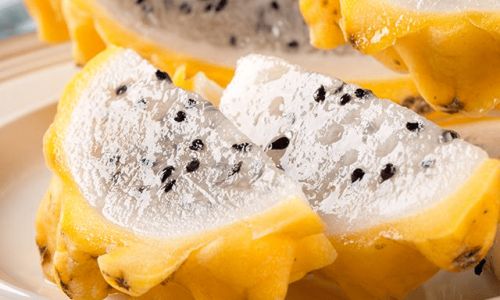
One of the primary reasons pitaya fruits command such a high price is the complexity and specificity of their cultivation process. Native to Central and South America, as well as parts of Asia and Africa, pitaya plants belong to the cactus family and share similar growth characteristics with their desert-dwelling relatives. However, unlike many cacti, pitaya plants require specific environmental conditions to thrive and produce fruit.
Soil and Climate Requirements
Pitaya plants thrive in tropical and subtropical climates, where temperatures remain consistently warm throughout the year. They prefer well-drained, sandy soils with good air circulation, which can be difficult to find and maintain in many agricultural regions. The plants are also sensitive to frost and cold weather, limiting their cultivation to regions with mild winters or no winter at all. This geographical restriction alone reduces the number of places where pitaya fruits can be successfully grown, thereby increasing their scarcity and, consequently, their price.
Water Management
Despite their cactus heritage, pitaya plants have relatively high water needs during their active growth periods. They require regular irrigation, but the water must be well-drained to prevent root rot. This delicate balance between sufficient hydration and good drainage can be challenging to achieve, especially in areas with unpredictable rainfall patterns or limited water resources. The need for precise water management adds another layer of complexity and cost to pitaya cultivation.
Pest and Disease Resistance
Pitaya plants are relatively resistant to many common pests and diseases that plague other fruit crops. However, they are susceptible to certain fungal infections and insect infestations, which can severely impact yield if not managed promptly and effectively. Preventive measures such as regular inspections, sanitation, and the use of biological controls can be labor-intensive and costly. In some cases, chemical treatments may be necessary, but these must be used sparingly to avoid residue on the fruit, which could affect its marketability and consumer safety.
Long Gestation Period
Another significant challenge in pitaya cultivation is the long gestation period from planting to fruiting. It can take up to three years for a newly planted pitaya vine to reach maturity and start producing fruit. This long wait for returns on investment, coupled with the ongoing costs of maintenance and care, contributes to the overall expense of pitaya production.
Harvesting and Post-Harvest Handling
Harvesting pitaya fruits requires careful handling to avoid damaging the delicate skin and flesh. The fruits are typically picked by hand when they reach their optimal ripeness, a process that is both time-consuming and labor-intensive. Once harvested, pitaya fruits must be sorted, graded, and packed quickly to maintain freshness and quality. This meticulous post-harvest handling adds to the operational costs, reflecting in the final retail price.
Market Dynamics: Supply and Demand
Beyond the cultivation challenges, market dynamics also play a crucial role in determining the price of pitaya fruits. The global demand for exotic fruits has been steadily growing in recent years, fueled by increasing affluence, health consciousness, and culinary curiosity. Pitaya fruits, with their unique taste, nutritional benefits, and visual appeal, have become particularly popular among health-conscious consumers and food enthusiasts.
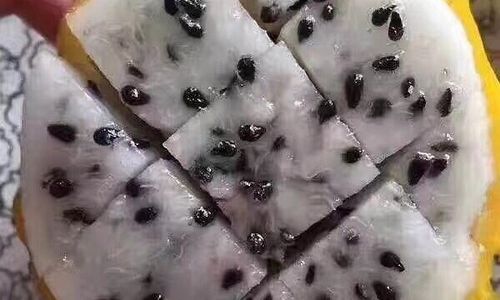
Seasonality and Imports
Pitaya fruits are seasonal, with peak production occurring during specific months depending on the region. This seasonality can lead to fluctuations in supply, affecting prices. In many countries where pitaya fruits are not natively grown, they are imported from producing countries, adding transportation and logistics costs to the final price. These costs can be significant, especially when factoring in the need for refrigerated shipping to maintain fruit freshness over long distances.
Limited Production Areas
As mentioned earlier, the geographical restrictions on pitaya cultivation limit the number of regions where commercial production is feasible. This limited production base, coupled with growing global demand, creates a supply-demand imbalance that props up prices. Even within producing countries, the distribution of pitaya farms is often concentrated in specific regions, further exacerbating the scarcity in other parts of the country or internationally.
Quality and Variety
Within the pitaya fruit category, there exists a wide variety of cultivars, each offering different flesh colors, flavors, and sizes. Some varieties are more sought-after than others due to their superior taste, texture, or appearance. These premium varieties often fetch higher prices in the market, reflecting consumer preferences and willingness to pay for quality.
Consumer Perceptions and Marketing
The marketing of pitaya fruits as a premium, exotic fruit with unique health benefits also contributes to their high price. Advertisements often highlight pitaya’s high antioxidant content, vitamins, and minerals, positioning it as a superfood that can enhance well-being and beauty. This branding strategy appeals to health-conscious consumers who are willing to pay a premium for products perceived to be beneficial to their health.
Moreover, pitaya fruits’ vibrant colors and unusual appearance make them ideal for social media sharing, further boosting their popularity and demand. Food bloggers, influencers, and chefs frequently feature pitaya fruits in their content, creating a halo effect that elevates their status and perceived value.
Conclusion
The high price of pitaya fruits is a result of a complex interplay between cultivation challenges, market dynamics, and consumer perceptions. From the specific environmental conditions required for growth to the meticulous post-harvest handling, every step in the production chain contributes to the overall cost. Additionally, the growing global demand for exotic fruits, coupled with limited production areas and seasonal availability, creates a supply-demand imbalance that keeps prices elevated. Finally, the marketing of pitaya fruits as a premium, health-promoting superfood resonates with consumers, driving up demand and willingness to pay.
Understanding these factors helps us appreciate the intricacies behind the high price of pitaya fruits and the efforts involved in bringing this unique and nutritious fruit to market. As the world becomes increasingly interconnected and consumer preferences continue to evolve, the future of pitaya fruit production and pricing will undoubtedly be shaped by ongoing innovations in cultivation techniques, market trends, and consumer behavior.
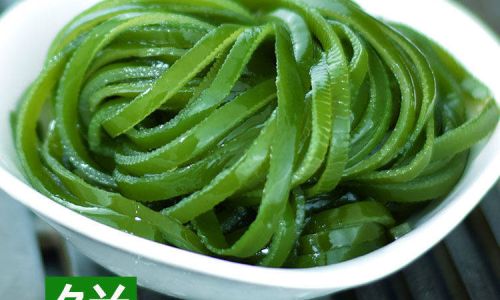

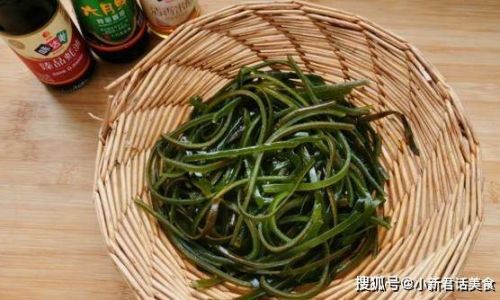

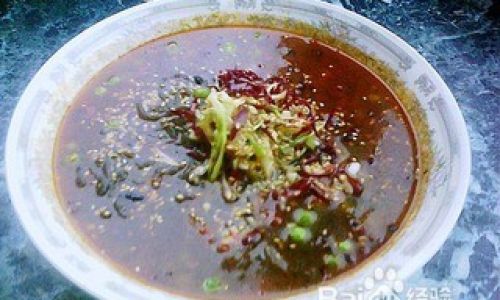
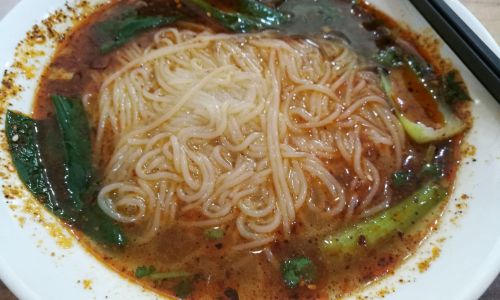
0 comments